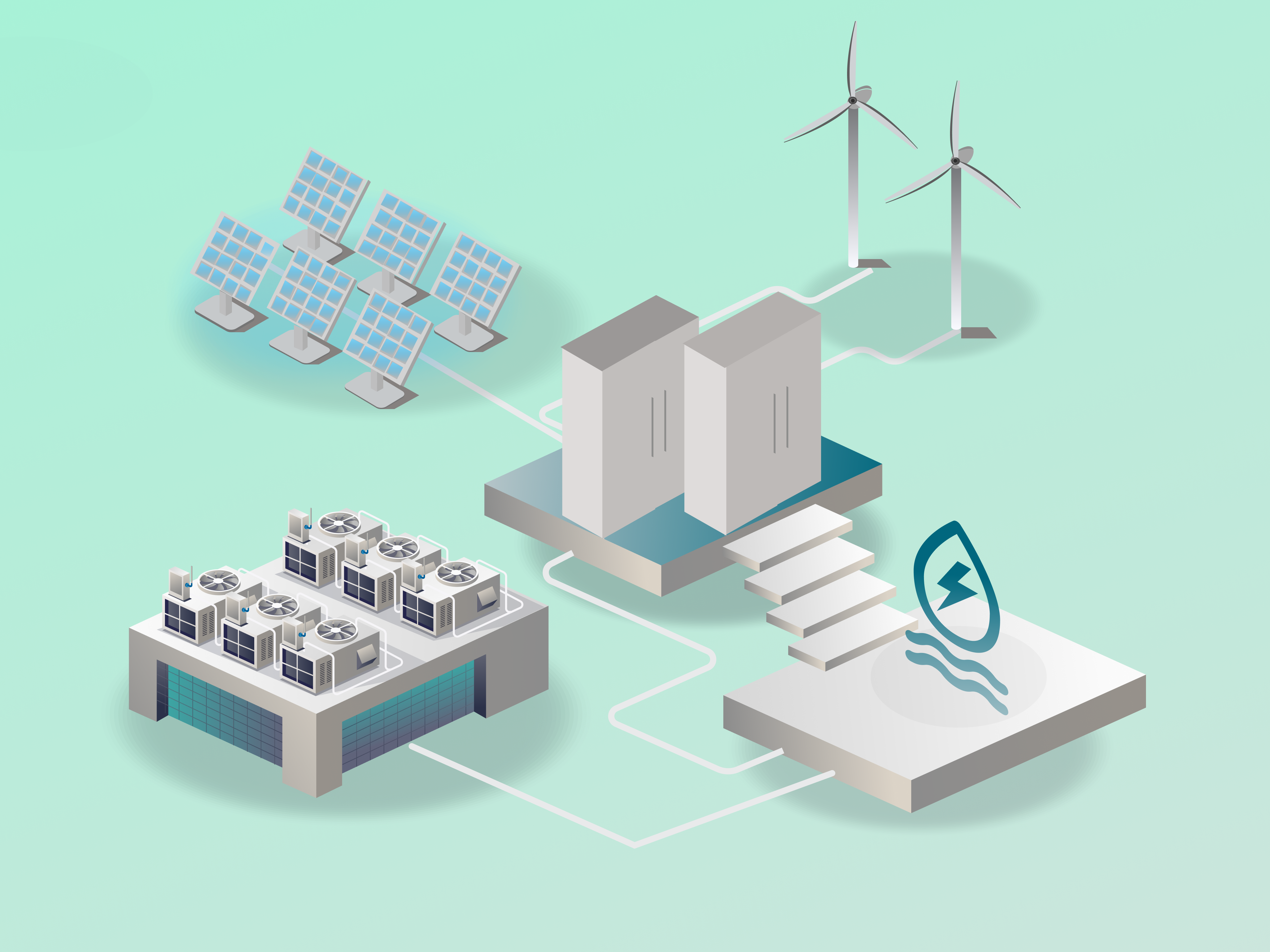DER and VPP developments could be the future to cleaner energy
There has been a driving popularity in Distributed Energy resources (DER) aggregation platforms like microgrids and Virtual power plants (VPP) thanks to the growth of DER’s like solar panels, wind turbines and battery storage. DER Microgrids found in homes are confined systems that utilize onsite electricity generation and storage, providing electricity during grid outages, optimizing energy costs, or catering to areas without a traditional grid network. On the other hand, VPPs temporarily aggregate various DERs to balance the larger grid through demand response and frequency regulation.
Various factors are fueling the growth of microgrids and VPPs, including increasing and volatile electricity costs, the global need for decarbonization, the desire for energy independence, and advancements in technology making them more efficient and affordable. These DER portfolios are crucial for decarbonization efforts, offering energy access to emerging economies and balancing renewable resources in industrialized markets. They enhance grid reliability, reduce greenhouse gas emissions, and lower consumers' energy bills.

VPPs are particularly significant in achieving decarbonization by reducing reliance on fossil fuels, increasing the use of renewable energy, and improving grid resilience through demand management. By combining microgrids and VPPs with artificial intelligence and new business models like energy-as-a-service (EaaS), buildings and the surrounding grid can be optimized for sustainability and economic goals. The integration of AI helps improve the performance of these aggregations over time.
In the distributed energy future, flexibility will be key, with bidirectional power flows and bottom-up solutions. Both microgrids and VPPs fall under this flexibility category, providing diverse services across supply, load, and energy storage, including electric vehicle charging. Combining the resiliency of microgrids with the flexibility of VPPs presents an exciting hybrid opportunity for the future grid.
Overall, the growth of microgrids and VPPs is driven by the need for sustainable energy solutions, reduced carbon emissions, and increased grid reliability. Through advancements in technology and innovative approaches, these distributed energy resources have the potential to shape a cleaner and more resilient energy landscape. The Anorra wind Turbines are an example of a DER that people everywhere can use. We have been advancing our technology and striving to provide Canadians with a sustainable option to decarbonizing their energy usage.
